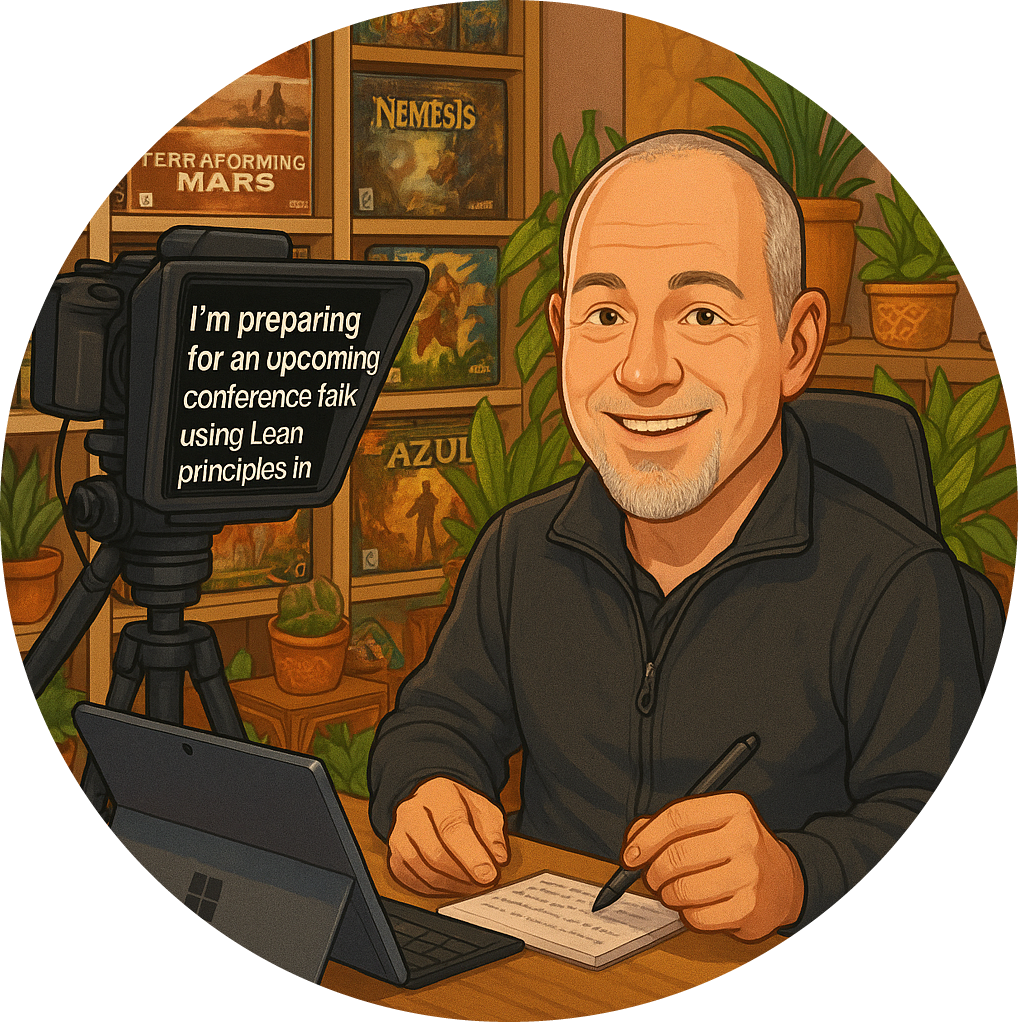When it comes to effective planning and prioritisation within a Scrum team, the question often arises: how do we navigate this complex landscape? It’s a challenge that many teams face, and I can assure you, it’s not a one-size-fits-all solution. The intricacies of planning and prioritisation hinge significantly on the specific business context and its overarching goals.
Understanding Business Goals
First and foremost, it’s essential to grasp what the business is striving to achieve. The work we undertake should flow directly from these objectives. Here’s how I approach this:
- Align Work with Business Goals: Start by identifying the key goals of the organisation. What are we aiming for? This alignment ensures that every task contributes to the broader vision.
- Communicate with Stakeholders: Regular discussions with stakeholders can provide clarity on priorities and expectations. This dialogue is crucial for understanding the value of the work we’re doing.
The Challenge of Value and Size
Once we have a clear understanding of the business goals, we need to delve into the specifics of the work itself. This is where things can get a bit tricky.
- Sizing Work Items: While I’m trying to avoid the dreaded ‘E’ word, estimation , sizing is a necessary step. Understanding the scale of tasks helps us gauge their potential return on investment (ROI).
- Assessing Value: This is often a more significant challenge. The business must have a clear grasp of what constitutes value. It’s not just about completing tasks; it’s about delivering meaningful outcomes.
Balancing Value, Risk, and Size
With an understanding of value and size, we can start to formulate a prioritisation strategy. Here’s a simplified approach that I often refer to:
- Value Minus Risk Divided by Size: This formula can serve as a rudimentary method for ordering your product backlog . It’s not perfect, but it provides a starting point for discussions.
- Keep the Backlog Manageable: One of the most critical pieces of advice I can offer is to avoid cluttering your product backlog. If you find yourself with thousands of items, it’s time to declutter. A bloated backlog is not a product backlog; it’s a dumping ground.
The Importance of a Lean Backlog
In my experience, the most effective product backlogs are concise. Ideally, they should only encompass items that are relevant for the next two to three sprints. Here’s why:
- Focus on What Matters: A smaller backlog allows the team to concentrate on high-priority items that align with business goals.
- Granularity: The further out you look, the less granular the items become. This means that as you plan for the future, you should focus on broader themes rather than minute details.
Iteration and Data-Driven Decisions
Planning and prioritisation are not static processes. They require ongoing evaluation and adjustment. Here’s how I approach this:
- Collect Data: It’s vital to gather data on how customers are interacting with your product. Are the features you’re building being used? Should you consider removing certain elements instead of adding more?
- Validate Hypotheses: Merging long-term business goals with short-term product objectives, backed by data, allows for informed decision-making. This iterative process is key to ensuring that we’re on the right track.
Conclusion
In summary, effective planning and prioritisation in a Scrum team is a multifaceted endeavour that requires a deep understanding of business goals, a clear assessment of value and risk, and a commitment to maintaining a lean backlog. By focusing on what truly matters and continuously iterating based on data, we can ensure that our efforts are aligned with the needs of the business and our customers.
If you found this discussion helpful, I encourage you to engage with me. I always welcome comments and questions, and if you’d like to chat further about Agile, Scrum, or DevOps , feel free to book a coffee with me through Naked Agility. Let’s keep the conversation going!



























